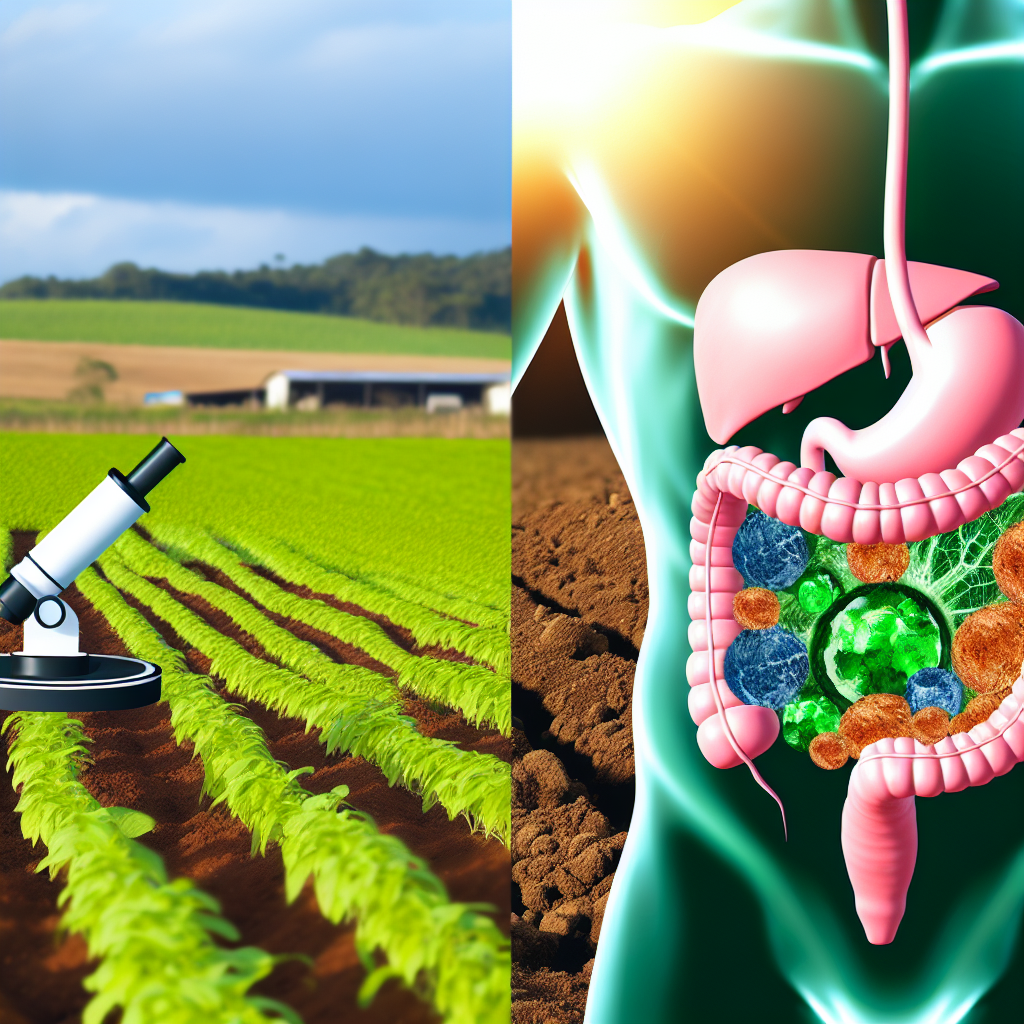Migraine Diet Guide – Trigger Food Identification
Introduction
Migraines are more than just headaches—they are complex neurological disorders that can significantly impact daily life. According to the Migraine Research Foundation, migraines affect over 1 billion people worldwide, ranking as the third most common illness globally. Though medications offer symptom control, many sufferers explore natural remedies for migraines, including dietary changes, due to concerns over side effects or reduced medication efficacy over time.
A promising natural solution is identifying and avoiding known migraine food triggers. Common culprits include aged cheese, chocolate, red wine, and processed foods—which often contain substances such as tyramine, caffeine, nitrates, and monosodium glutamate (MSG).
Implementing an elimination diet followed by gradual reintroduction allows individuals to identify specific food sensitivities. It is vital to follow this strategy under the guidance of a healthcare provider or nutritionist who understands migraine mechanisms.
This article explores the connection between diet and migraines, offers a research-backed overview of common and less obvious triggers, and provides step-by-step guidance for beginning your personal trigger identification journey. Whether you’re trying to reduce migraine frequency or lessen your dependence on medications, these strategies provide useful and practical approaches.
Scientific Evidence and Professional Studies on Migraine and Diet
Clinical evidence strongly supports the correlation between dietary habits and migraine severity, frequency, and onset. Research has identified that around 64% of migraine sufferers link their attacks to specific foods, according to findings published in the journal Headache. Substances found in food—such as tyramine (aged cheeses), nitrates (smoked meats), MSG, alcohol (especially red wine), and excessive caffeine—are particularly problematic.
A 2019 study in the journal Nutrients revealed that participants following an elimination diet experienced significantly fewer migraine days compared to a control group. This approach, though requiring patience and dedication, proves highly effective when done systematically under professional supervision.
A separate trial published in Cephalalgia explored the effectiveness of the ketogenic diet for migraines. This high-fat, low-carb eating pattern improves mitochondrial efficiency and energy production, both of which are linked to migraine prevention. Many individuals report fewer and less intense migraines on this diet.
Other studies point to the significance of meal regularity and hydration. Skipping meals or fasting can lead to blood sugar fluctuations and dehydration, both common migraine triggers. Ensuring consistent, balanced meals with sufficient water intake can help maintain neurological stability.
Further, certain nutrients have shown promise in migraine prevention. For example, magnesium-rich foods (like leafy greens, almonds, cashews, and seeds) and riboflavin (vitamin B2) play key roles. In a randomized controlled trial published in Neurology, daily supplementation of 400 mg of vitamin B2 significantly reduced migraine frequency over three months. Incorporating nutrient-dense foods into your regular diet adds further preventative power to your holistic migraine strategy.
Spanning from trigger avoidance to nutrient optimization, these studies demonstrate the importance of personalized dietary intervention in managing and preventing migraines.
How to Begin a Migraine Elimination Diet
Starting an elimination diet involves several important steps:
– Keep a detailed food and migraine journal. Record everything you eat and any migraine symptoms, including timing, duration, and severity. This establishes patterns and identifies likely triggers.
– Remove all common trigger foods for 3–4 weeks. This includes:
– Aged cheeses (cheddar, blue cheese, Swiss)
– Citrus fruits (orange, grapefruit, lemon)
– Chocolate
– Cured meats (salami, bacon, pepperoni)
– MSG (often found in fast food and flavored snacks)
– Red wine and alcohol
– Caffeinated beverages (coffee, energy drinks)
– Reintroduce each food slowly, one at a time, every 3–4 days. Observe reactions and continue recording symptoms.
– Work with a healthcare provider to assess results and refine your long-term dietary plan.
The key to success with an elimination diet is consistency and patience. Your unique sensitivity patterns will guide your future eating choices—enabling fewer migraines and greater flexibility.
Conclusion
Understanding the complex interplay between diet and migraine triggers is crucial for developing a proactive and empowering approach to headache management. No single food universally triggers migraines, but personal sensitivities to common culprits like alcohol, aged cheese, or processed meats can be significant. By methodically applying an elimination and reintroduction strategy, guided by professional insight, many sufferers report meaningful relief.
Incorporating migraine-prevention nutrients such as magnesium and riboflavin, maintaining meal consistency, and prioritizing hydration delivers additional support for neurological stability.
With growing evidence from clinical studies, functional medicine, and personal success stories, a migraine-friendly diet stands as one of the most practical long-term forms of holistic care. Armed with information and supported by knowledgeable practitioners, you can navigate the maze of dietary triggers toward a life with fewer migraines.
Let each informed food choice become a powerful step toward sustained wellness and relief.
References
– Headache: The Journal of Head and Face Pain
– Nutrients Journal (2019) – Elimination Diet Studies
– Cephalalgia – International Headache Society
– Neurology Journal – Vitamin B2 and Migraine Study
Concise Summary
A migraine diet focuses on identifying and eliminating foods that trigger migraine attacks. Common culprits include aged cheeses, chocolate, caffeine, MSG, and nitrates in processed meats. Backed by scientific studies, elimination diets followed by gradual reintroduction can significantly reduce migraine frequency and severity. Nutrients like magnesium and riboflavin also aid prevention. Consistent eating habits and proper hydration further support neurological stability. This guide offers a holistic, research-driven roadmap to managing migraines naturally, providing a safer and long-term alternative to medication-heavy approaches.

Dominic E. is a passionate filmmaker navigating the exciting intersection of art and science. By day, he delves into the complexities of the human body as a full-time medical writer, meticulously translating intricate medical concepts into accessible and engaging narratives. By night, he explores the boundless realm of cinematic storytelling, crafting narratives that evoke emotion and challenge perspectives.
Film Student and Full-time Medical Writer for ContentVendor.com




